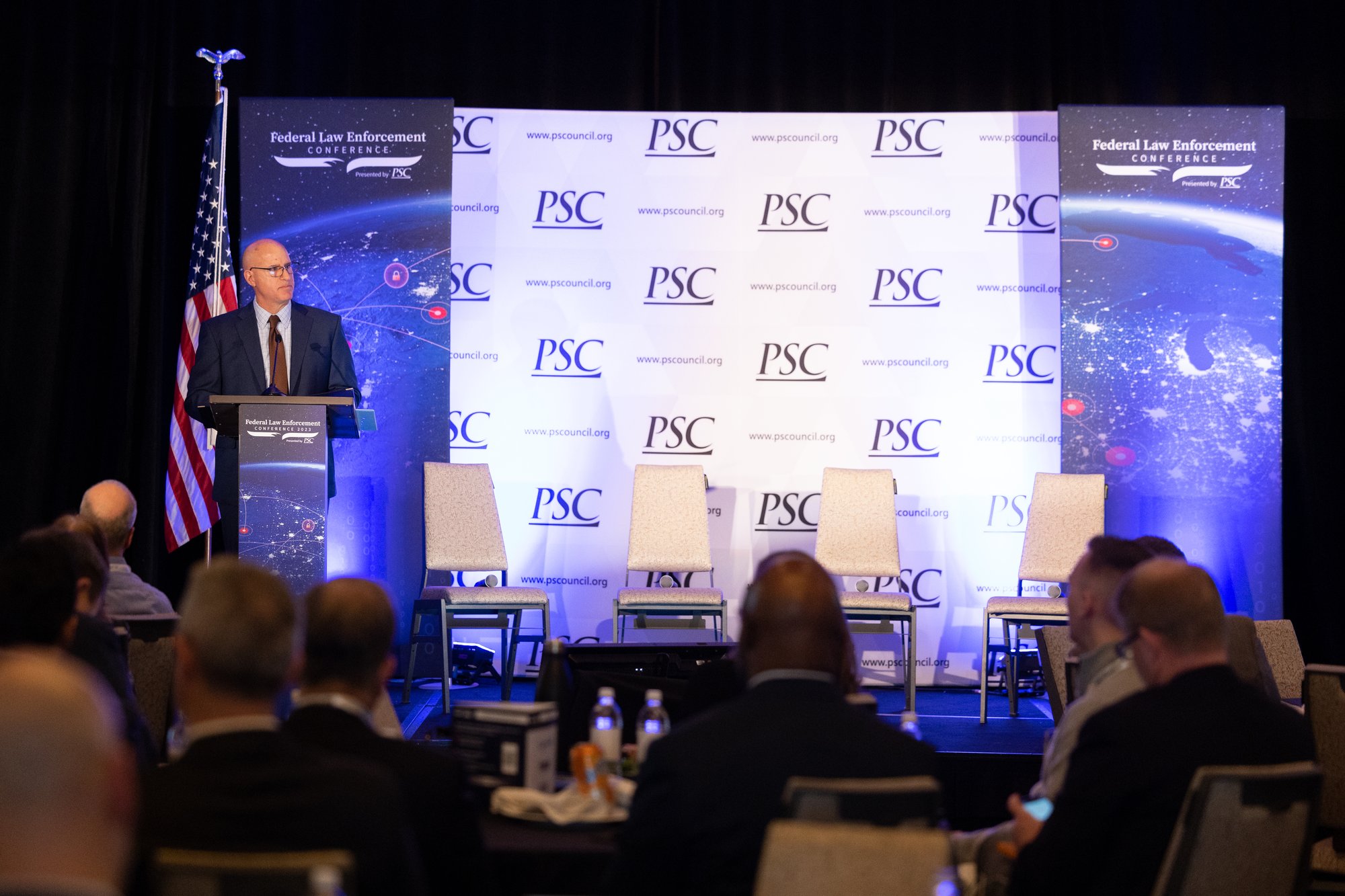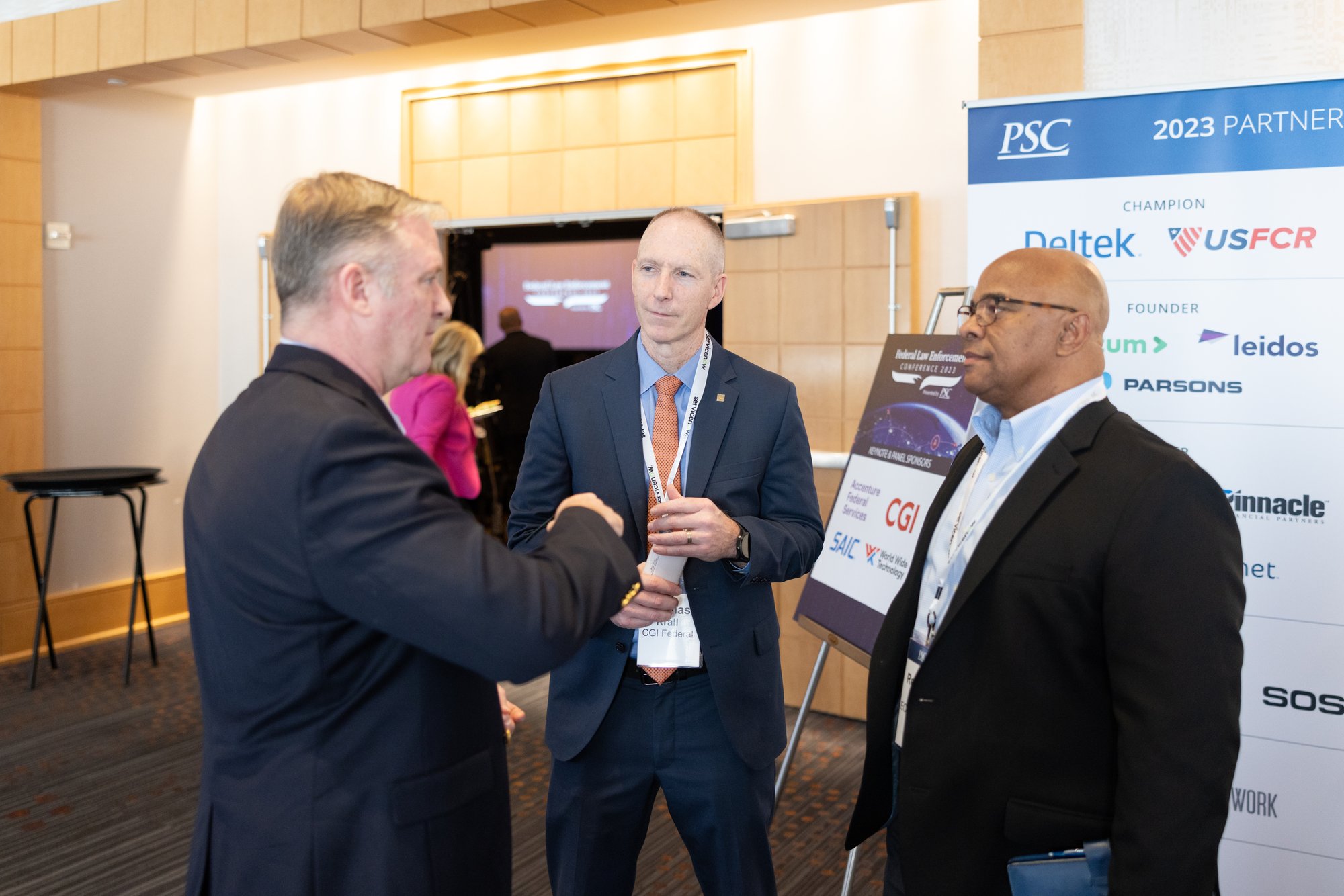Agenda
February 11, 2026 Day 1
Federal law enforcement is entering a new era of integration, with agencies realigning missions, authorities, priorities, and resources under a whole-of-government model. This panel will explore how recent changes (e.g., expanded Title 8 authority for DOJ, DoW coordination with DHS, task force mergers across DHS and DOJ, personnel reassignments, and outsourced procurements) are reshaping the operational and strategic landscape, including challenges with data and information sharing. The discussion will also take a close look at the implications of OB3 funding and budget cuts. Panelists will address the workforce and training ripple effects of these changes from the challenges of scaling law enforcement staffing to the growing need for contractor support in recruiting, readiness, and training. Attendees will come away with a deeper understanding of how evolving missions, authorities, and budgets will shape federal enforcement operations and industry opportunities through 2026 and beyond.


As drones become smaller, smarter, and more accessible, the threat they pose to U.S. infrastructure, national security, and law enforcement operations continues to grow. This session brings together leaders from DOJ, DHS, FAA, and DoW to unpack the evolving counter-UAS landscape. Panelists will discuss the scope and nature of the drone threat from criminal and terrorist misuse to near-misses at critical facilities and outline who has the authority to respond on U.S. soil. Attendees will gain insight into how the government decides what tools and technologies to acquire, how AI is reshaping threat identification and friend-or-foe recognition, what gaps still exist, and how agencies are preparing to protect large gathering events (e.g., FIFA World Cup, 2028 Summer Olympics). The conversation will also explore how industry can support ongoing programs and how federal agencies can better leverage DoW’s investments and expertise.
The federal law enforcement procurement landscape is undergoing a major transformation. This session will unpack how new efficiency mandates, executive orders, and agency-level reforms are reshaping how DOJ and DHS plan, fund, and buy. Panelists will discuss the implications and opportunities of the FAR overhaul, GSA consolidation, OB3 funding, and the growing use of AI in procurement. Attendees will gain insight into how these changes intersect with small business goals, priorities for commercially available products and services, and evolving acquisition methods. The discussion will also explore the status of key contract vehicles, budget dynamics, and what all of this means for competition, compliance, and opportunity in FY26 and beyond.

“This conference has always served as the best forum to convene and hear from government officials across so many agencies discussing critical law enforcement mission priorities and IT challenges”
-Tom Krall, CGI Federal (2024 Chair)

Why should I attend PSC's Law Enforcement Conference?
The PSC Law Enforcement Conference is where senior executives from the government technology and professional services industry will convene to hear from government officials across agencies to discuss critical law enforcement mission priorities and IT challenges. Join your fellow federal law enforcement colleagues for the PSC law enforcement event of the year.

Networking at its finest
Not only is the PSC Law Enforcement Conference an extraordinary opportunity for business intelligence, but perhaps what it is most known for is the incredible networking opportunities it creates across the federal contracting marketplace.


